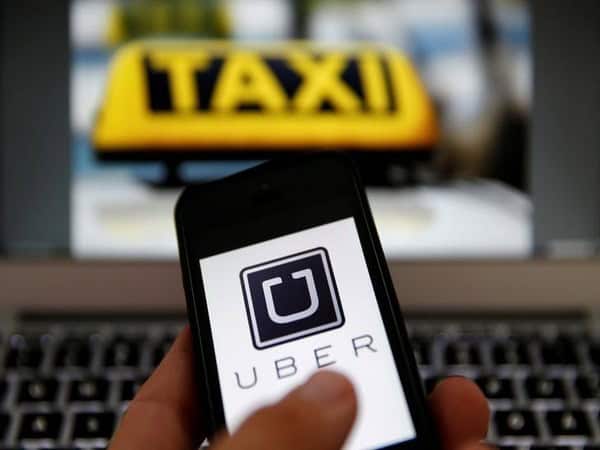New Delhi: With an aim to help civic authorities, traffic police, researchers, think tanks and policymakers discover ways to apply data to make better infrastructure and traffic management decisions, cab aggregator Uber on Thursday launched the second phase of ‘Movement’ in India.
‘Movement’ is a free tool which uses Uber’s anonymised data from millions of trips to help urban planners redefine the urban mobility landscape in their cities.
The company shares the same goals as planners and policymakers and is focussed on addressing challenges such as tackling congestion and pollution, reducing individual car ownership, complementing public transport, promoting efficient use of existing mobility assets and ride sharing.
Keeping this in mind, ‘Movement’ was introduced in 10 cities last year.
Dara Khosrowshahi, CEO, Uber, earlier today formally launched the second phase of ‘Movement’, making the data available for Delhi, Mumbai, Bengaluru, and Hyderabad for the first time, and marking a commitment to continued research and investments in India and emerging markets.
As a public tool focused on delivering insights and solutions that are openly accessible to a wider audience, the launch of ‘Movement’ across the four Indian cities is a monumental step in the data sharing exercise of traffic patterns in the country.
Overall, the 12 shortlisted cities for Movement’s second phase span across five continents and seven countries, namely, Delhi, Mumbai, Bengaluru, Hyderabad, Amsterdam, Brisbane, Cairo, Melbourne, Nairobi, Perth, Pittsburgh, and Toronto.
“We are delighted to bring Uber Movement to India, an exciting new tool that has open data architecture and collaborative spirit at its heart. This will encourage data-driven policy-making to solve for some of the biggest challenges faced by our cities. We are confident that by collaboratively leveraging the power of open data, governments, industry, and academia can together create a real alternative to a world that moves like a jam and looks like a parking lot and help redefine the future of urban mobility,” said Prabhjeet Singh, regional general manager, Uber India and South Asia.
Uber ‘Movement’ helps in shaping future of mobility in cities by helping city officials measure the impact of road improvements, major events, and transit lines.
Further, as a tool for planners and policymakers to analyse transportation patterns, ‘Movement’ helps to make smart investments on future infrastructure projects.
It also helps commuters discover patterns and analyse the impact of events, rush hours, and road closures in cities; helping them optimise travel time.
Every day millions of Indians use Uber to get around their cities; whether it is to get to their nearest railway or metro station, return home from work, or for point to point connectivity.
By allowing civic authorities, local governments, transportation researchers, technology and urban infrastructure think tanks, among others, to mine the data, Uber hopes to jointly make a positive impact on data-driven decision making, congestion reduction, transportation policy and future urban infra investments. (ANI)

